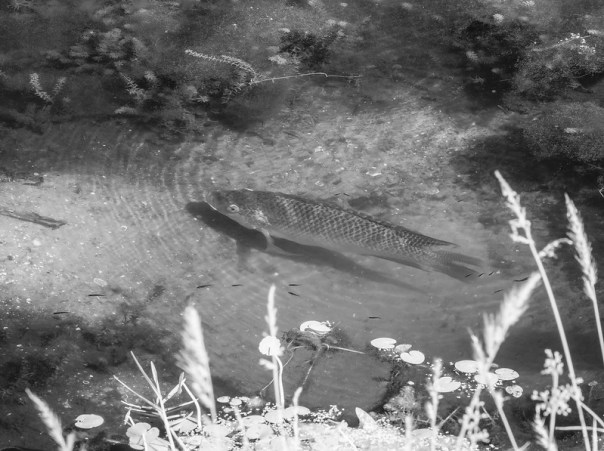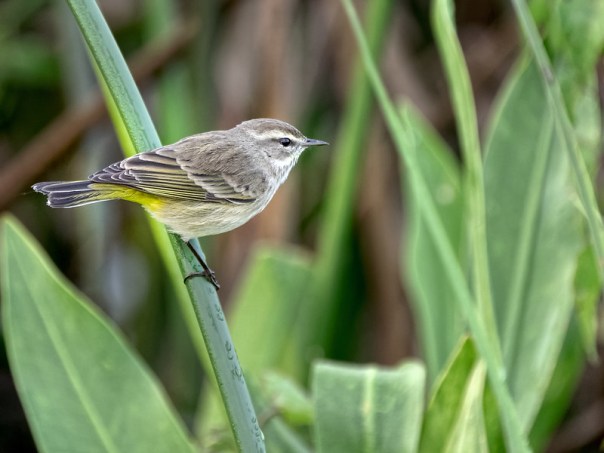Orlando Wetlands Park re-opened a few weeks ago and I met Kevin M. there for a socially distanced walk around. It was good to see him and good to go photographing. I posted a few images from that trip at the end of last week’s blog (the bonus baby birds). And here are some more.
This first one is a 600 mm combination wildlife / landscape image.
 Pink in green – Roseate Spoonbill in flight.
Pink in green – Roseate Spoonbill in flight.
The pink bird in sharp focus against the blurry green Cypress Tree / vegetation says “Florida” to me. I’ve made similar images there before but I think this one is better (see this post: https://edrosack.com/2018/04/01/orlando-wetlands-park-the-rest-of-the-story/).
Kevin is pretty handy to have along! I hear Barred Owls calling all the time, even in our back yard – except I hardly ever get good photos of them. We both heard this one. I searched in vain and was happy when he found it so we could get some photos.
 Who cooks for you? – Perched Barred Owl.
Who cooks for you? – Perched Barred Owl.
There are always interesting things to see at Orlando Wetlands. This Least Bitterns is a good example. It was flying back and forth between clumps of reeds fishing for its breakfast.
 On the hunt – Fishing Least Bittern
On the hunt – Fishing Least Bittern
I like this photo of a young Night Heron that’s just landed in a cypress tree.
And watching (and listening) to Whistling Ducks never gets old.
 Formation flight – A pair of Black-bellied Whistling Ducks
Formation flight – A pair of Black-bellied Whistling Ducks
Many people were enjoying the park on the Saturday we went. It was tough at times to give everyone six feet of clearance, but we managed. If you plan to visit, check their web page for the latest information on access, services, etc.
You can browse other blog posts about Orlando Wetlands at this link: https://edrosack.com/category/photo-ops-in-florida/orlando-wetlands/. And my photos from there are collected in this album on Flickr: https://www.flickr.com/photos/edrosack/albums/72157639616792296
It’s good that pandemic restrictions are easing and we can get out a little bit again. Hopefully things will keep improving. Please make sure you stay safe when you venture out.
Thank you for stopping by and reading my blog. Hang in there and take care of each other. And if you can – make some photos!
©2020, Ed Rosack. All rights reserved














































